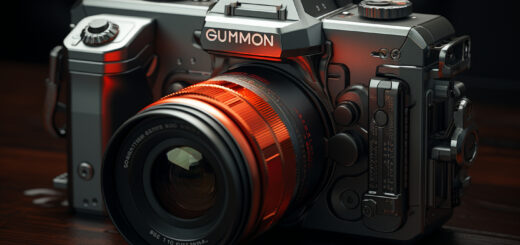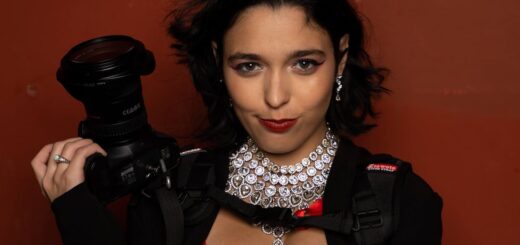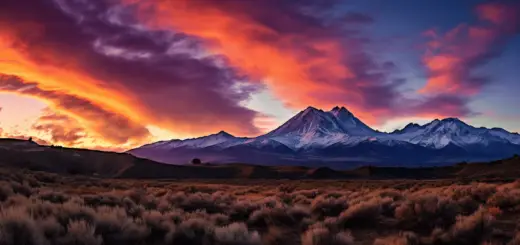An Expert’s Guide to the Best Gear for Landscape Photography
An Expert’s Guide to the Best Gear for Landscape Photography
Landscape photography is a popular and rewarding hobby. But the gear you need to produce stunning images can vary, depending on your shooting style and level of experience. To help you make the right decisions, this guide will break down the must-have camera gear for landscape photographers.
Choosing a Camera Body
Your camera body is the most important piece of equipment for shooting landscapes. There are two main types of cameras: mirrorless and DSLR. Mirrorless cameras offer the advantage of being lightweight, so they’re perfect for those who plan to do a lot of hiking or traveling. However, DSLRs offer better image quality, especially in low-light scenarios.
No matter which type of camera you choose, you’ll need a camera that offers manual exposure settings and interchangeable lenses. Interchangeable lenses allow you to control the depth of your shots with greater precision. And manual exposure settings give you ultimate control over the look and feel of your images.
Wide Angle Lenses
A wide angle lens is an essential piece of gear for landscape photography. It can help you capture expansive views or create an interesting composition by exaggerating the size of your subject relative to the foreground. Wide angle lenses also allow you to get closer to the action, which can help you capture more detail in your shots.
When shopping for a wide angle lens, look for one with a large maximum aperture. Lenses with wider maximum apertures let in more light and can help you create stunning low-light or nighttime images. And you’ll want to look for lenses with a focal length of at least 16mm on a full-frame camera.
A Tripod
A sturdy tripod is an essential piece of gear for landscape photography. A tripod can help you capture sharp, detailed images in low light and can enable you to keep the shutter open for longer exposures. A tripod can also help you capture unique perspectives, like low angles or panoramas.
When shopping for a tripod, look for one that is sturdy and can be adjusted to different heights. Its legs should have adjustable angles so you can set it up on uneven terrain. And look for a tripod that has a built-in bubble level, so you can make sure your camera is perfectly leveled.
ND Filters
ND (neutral density) filters are used to reduce the amount of light entering your lens. They allow you to use slower shutter speeds to create silky-smooth water effects or to emphasize the clouds or other moving elements in your shot. ND filters come in different primary colors. They usually range from 2-stops (1/4) to 10-stops (1024x) of light reduction.
Polarizing Filters
Polarizing filters are used to cut down on reflections and deephen the colors in your shooting. They work by blocking light that enters the lens from a certain angle, so they can be used to create stunning reflections and colors in the sky. Polarizing filters come in various diameters and can be rotated to adjust the level of polarization.
Additional Accessories
In addition to the essential gear for landscape photography, there are a few additional accessories you may find helpful. A remote shutter release can help you capture sharper images by eliminating camera shake. A circular polarizer can be used to add a subtle effect to your images. And a rain cover can help you protect your gear if you get caught in rough weather.
Conclusion
Landscape photography is both challenging and rewarding. To get the most out of your experience, it’s important to have the right gear. This guide has broken down the essential pieces of camera gear for landscape photographers, so you can make sure you have the right tools for the job. Happy shooting!



